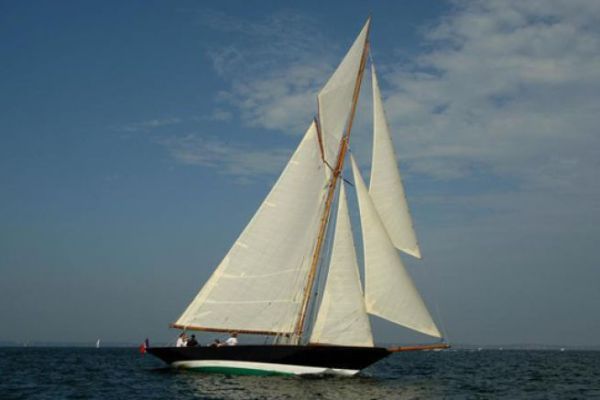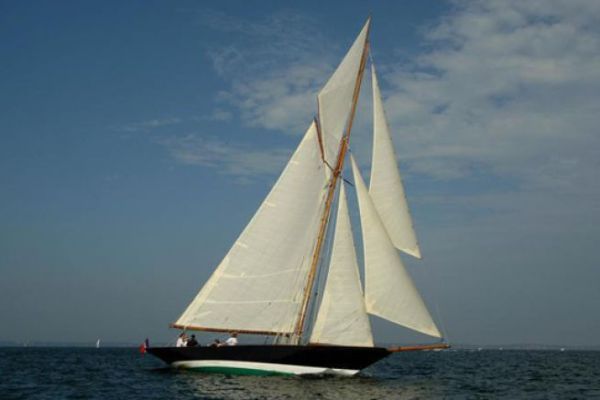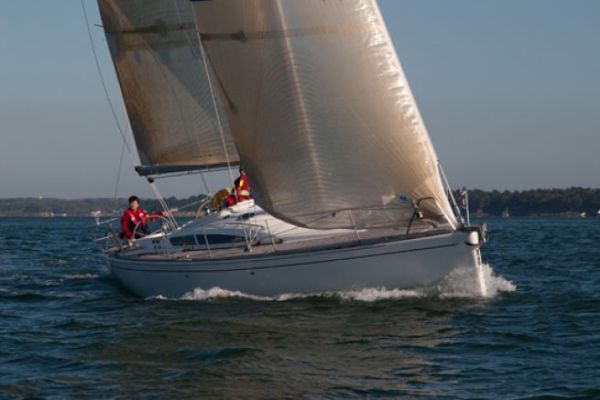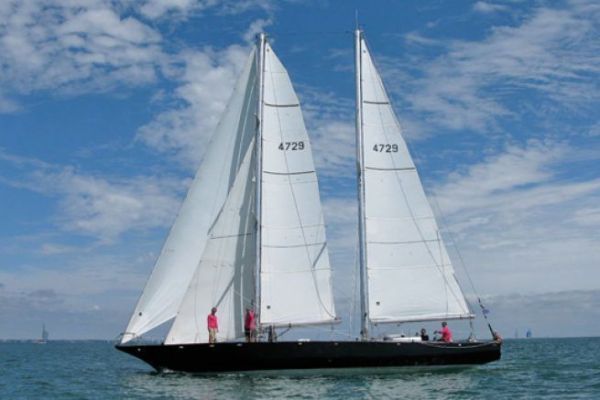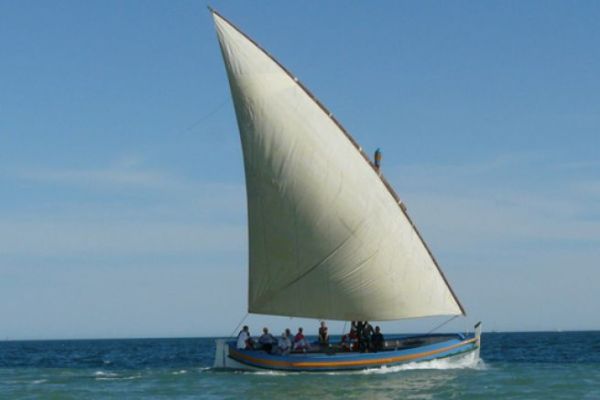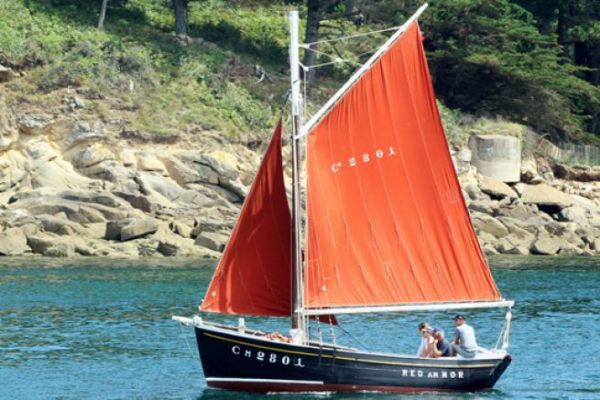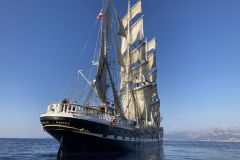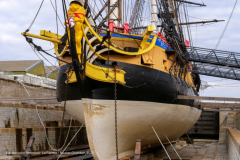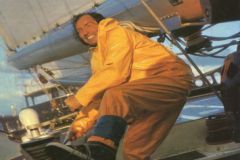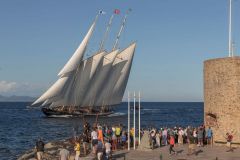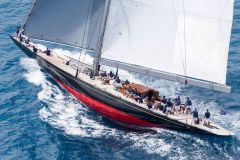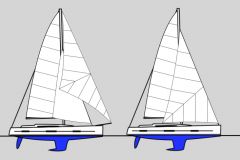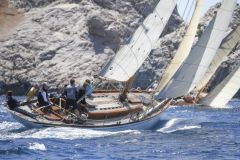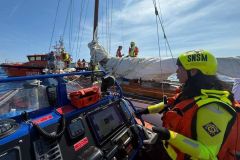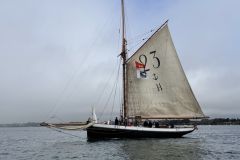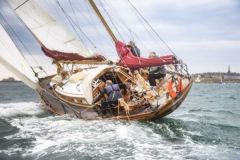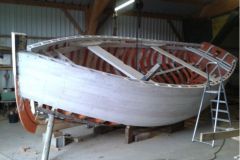The cutter is a single-masted sailboat with several jibs (minimum 2). Historically, the cutter had a mainsail with horn sometimes accompanied by an arrow.

Cotre franc ou classique : - 1 mainsail - 2 staysail - 3 jib - 4 jib (le)
The cutters can be distinguished according to the inclination of the arrow. Above 45°, it is a houari cutter, below we are in the presence of a frank or classic cutter.

Cotre houari : - 1 mainsail - 2 staysail - 3 jibs
If the mainsail is triangular, we are in the presence of a marconi cutter also called Bermudian. Be careful, you always need a staysail and a jib, otherwise it is no longer a cutter, but a a sloop (see ,our topic here) !
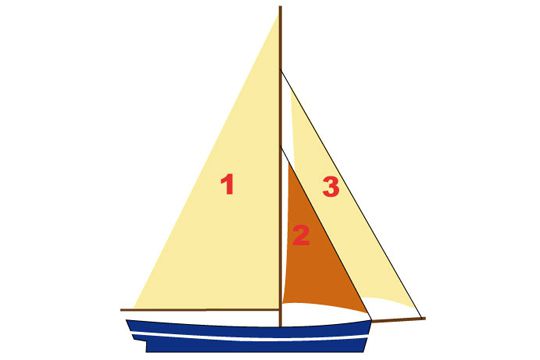
Bermudan cutter: - 1 mainsail - 2 staysail - 3 jibs
In pleasure boating, the cutter was the most widespread model until the First World War. The most emblematic cutter is without doubt Pen Duick, Éric Tabarly's sailboat of the heart. It is a frank cutter which has a clinfoc in addition to the staysail and the jib.
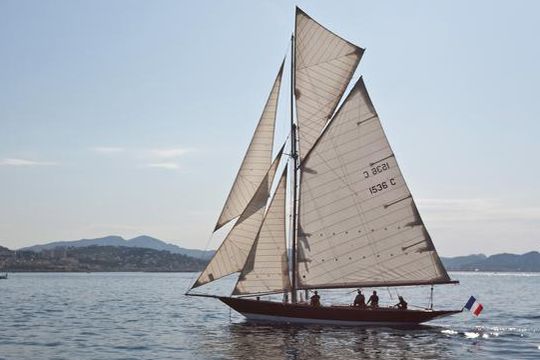
The Renard, replica of the last boat armed in 1812 by the corsair Robert Surcouf (1773-1827) from Malouin, is a topsail cutter (with a square sail).
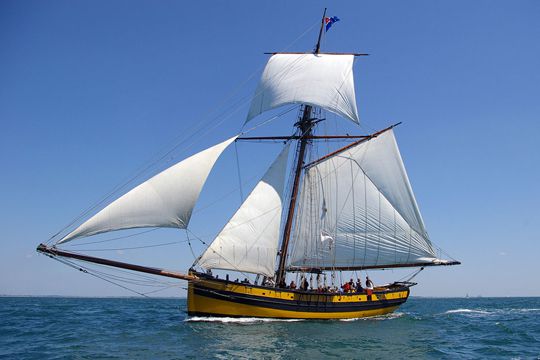
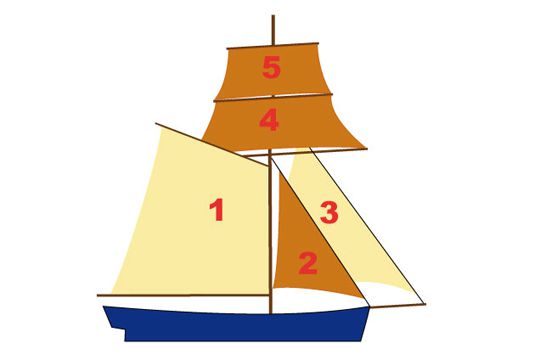
Topsail cutter: - 1 mainsail - 2 staysail - 3 jib - 4 tackle - 5 parrot
The cutter has only one mast except in the case where it is equipped with a tape-cul. Installed behind the rudder, this small sail serves to balance the boat to make the helm less hard.
On a cutter, the jib is amuré on one end outside sometimes very long - but it is not obligatory.
The cutter has been developed to split the surface of the sails, making manoeuvring easier. They gradually disappeared with in particular the appearance of the winch which multiplies the efforts and that of the furler of genoa which makes it possible to reduce the fabric without changing sail of front.
Often the cutters were used as fast military units. Their ability to climb upwind and their manoeuvrability made them formidable. That is why the British and American navies continue to call their coastguards"cutters". For the same reasons, they were used as pilot boats in ports.

 /
/ 